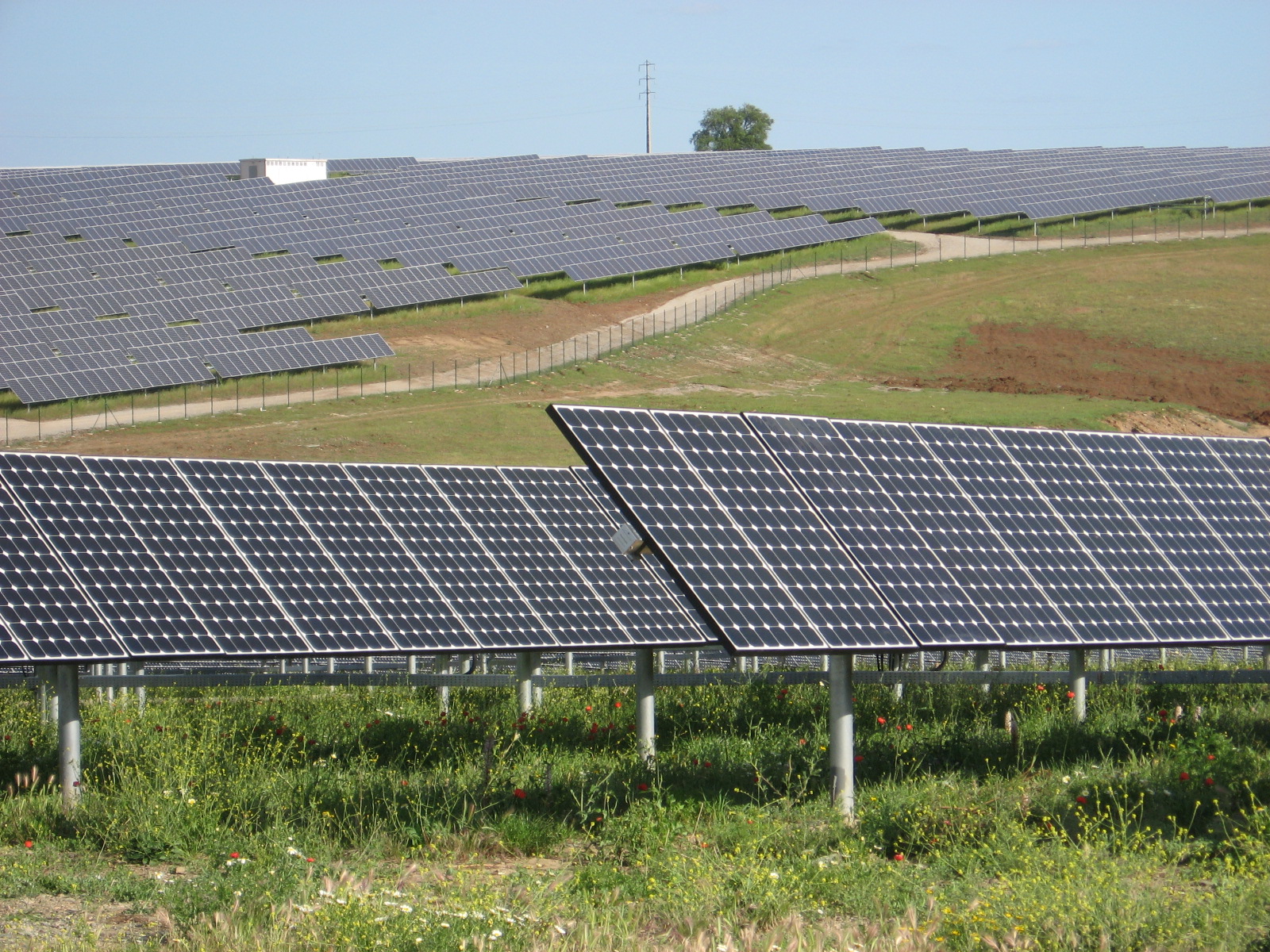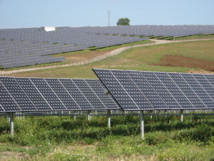This helps companies get around government restrictions on the conversion of agricultural land, enlist support of local farmers, as well as to create an additional source of income.
- This makes sense, since solar energy can be used quite effectively in agriculture, - said Head of Sustainable Research at CLSA Charles Yonts.
At power plant Xicun in Yunnan, representatives of CLP Group (the largest energy corporation in Hong Kong) have teamed up with local farmers to grow honeysuckle beneath solar panels. The plant is used in traditional medicine and grows in abundance in the region.
This scheme has enabled the company to double the plant Xicun’s capacity by 100 MW, what is enough to provide thousands of homes in the nearby town of Dali. CLP is also working on similar projects in other parts of China, where they are going to breed an expensive delicacy in ponds under solar panels – Chinese mitten crabs.
- Solar plantations occupy a large area, and the main problem that we face is to obtain land close to major population centers. The integration of food production helps us to convince farmers to lease land at a reasonable price and get the support of local government , - said director Roger Young.
Corporation CLP, which is headed by Hong Kong billionaire Michael Kadoorie, has many years of experience in building conventional and renewable solar plantations in Asia. The research team of the company IHS Inc. predicts that this year China will set a record for the development of 17.3 GW of solar energy, which is slightly less than the total installed capacity in Italy, with its world's fifth largest generator of solar energy.
Even after this dizzying expansion, China's solar energy will account for only 1% of the total energy produced in the country. However, this will be enough to turn China into a leader in the world of solar energy.
source: ft.com
- This makes sense, since solar energy can be used quite effectively in agriculture, - said Head of Sustainable Research at CLSA Charles Yonts.
At power plant Xicun in Yunnan, representatives of CLP Group (the largest energy corporation in Hong Kong) have teamed up with local farmers to grow honeysuckle beneath solar panels. The plant is used in traditional medicine and grows in abundance in the region.
This scheme has enabled the company to double the plant Xicun’s capacity by 100 MW, what is enough to provide thousands of homes in the nearby town of Dali. CLP is also working on similar projects in other parts of China, where they are going to breed an expensive delicacy in ponds under solar panels – Chinese mitten crabs.
- Solar plantations occupy a large area, and the main problem that we face is to obtain land close to major population centers. The integration of food production helps us to convince farmers to lease land at a reasonable price and get the support of local government , - said director Roger Young.
Corporation CLP, which is headed by Hong Kong billionaire Michael Kadoorie, has many years of experience in building conventional and renewable solar plantations in Asia. The research team of the company IHS Inc. predicts that this year China will set a record for the development of 17.3 GW of solar energy, which is slightly less than the total installed capacity in Italy, with its world's fifth largest generator of solar energy.
Even after this dizzying expansion, China's solar energy will account for only 1% of the total energy produced in the country. However, this will be enough to turn China into a leader in the world of solar energy.
source: ft.com



















